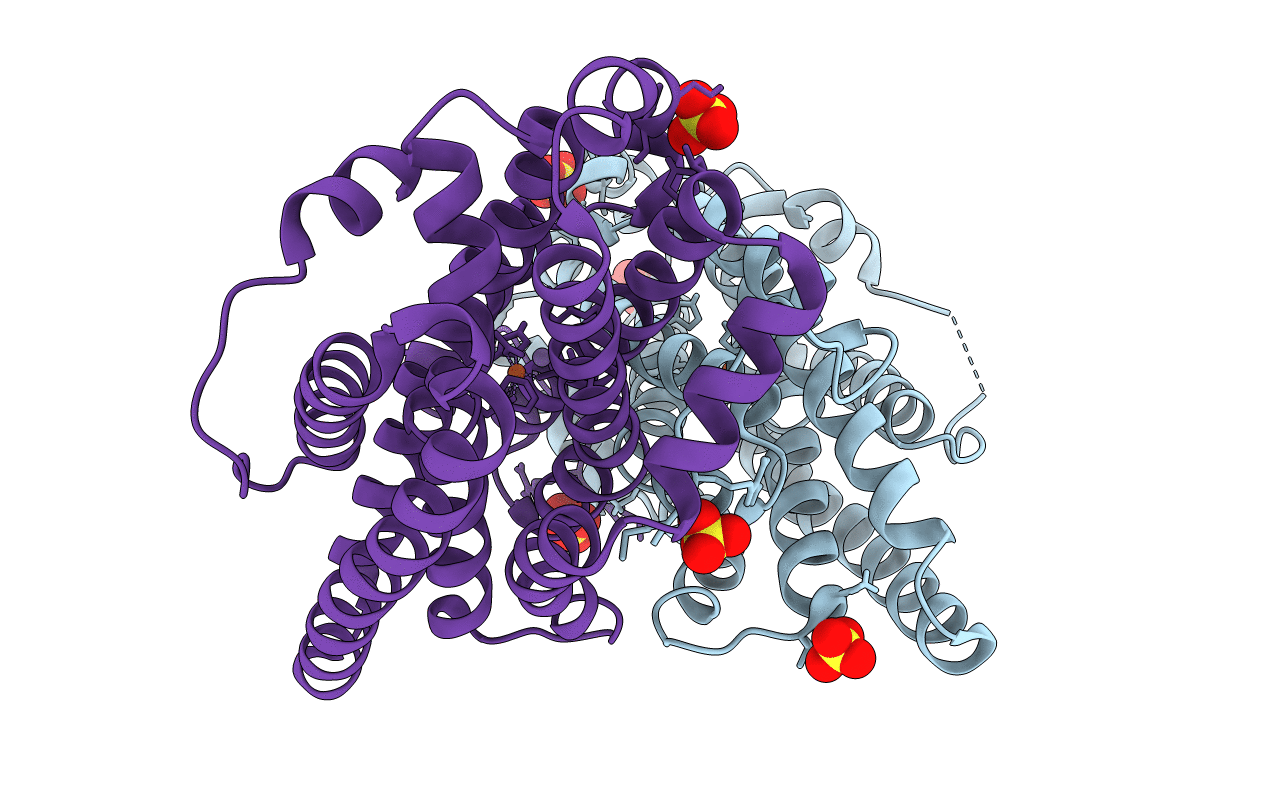
Deposition Date
2019-12-17
Release Date
2020-04-15
Last Version Date
2024-01-24
Entry Detail
PDB ID:
6TQZ
Keywords:
Title:
Crystal structure of ribonucleotide reductase NrdF L61G variant from Bacillus anthracis aerobically soaked with Fe(II) and Mn(II) ions
Biological Source:
Source Organism:
Bacillus anthracis (Taxon ID: 1392)
Host Organism:
Method Details:
Experimental Method:
Resolution:
2.10 Å
R-Value Free:
0.22
R-Value Work:
0.16
R-Value Observed:
0.16
Space Group:
P 1 21 1


